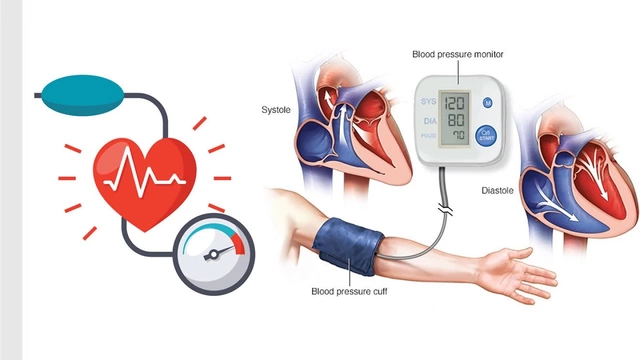Propecia alternatives: what actually works and what to expect
Propecia (finasteride) helps a lot of men, but it’s not for everyone. Some avoid it because of side effects, others can’t get a prescription, and some want faster or different results. Below I list the most practical alternatives, how they work, what they cost roughly, and what to watch for.
Topical and oral drug options
Minoxidil (Rogaine) — an over‑the‑counter liquid or foam you apply to the scalp. It helps maintain and sometimes regrow hair, especially at the crown. Expect daily use and at least 3–6 months before you see steady results. Side effects are usually limited to scalp irritation or unwanted facial hair if it runs.
Dutasteride — an oral pill that blocks the same hormone as finasteride but more strongly. Studies show it can be more effective, but it carries similar sexual side effects. In some countries you’ll find it as a prescription or generics at lower cost. Talk to a doctor about risks before trying it.
Topical finasteride — a compromise for men who want finasteride’s effect but lower systemic exposure. Applied to the scalp, it can reduce side effects seen with oral use. Evidence is growing, but availability varies and you may need a compounding pharmacy.
Procedures and non-drug options
Hair transplant — a surgical fix that moves your own follicles to thinning areas. It’s more expensive up front, but results can last for years. Choose an experienced surgeon and expect downtime, plus maintenance afterward.
Platelet‑rich plasma (PRP) — your blood is spun to concentrate growth factors, then injected into the scalp. Some patients see thicker hair when PRP is combined with minoxidil or a transplant, but results vary and multiple sessions are common.
Low‑level laser therapy (LLLT) — devices like helmets or combs that use light to stimulate follicles. It’s safe and easy to use at home, but gains tend to be modest and consistent use is necessary.
Microneedling — small needles create tiny wounds that may boost absorption of topical treatments and trigger repair processes. Often combined with minoxidil or PRP for better results.
Ketoconazole shampoo — an antifungal shampoo that can reduce scalp inflammation and may help hair loss when used with other treatments. It’s cheap and low risk.
Supplements and herbal options — saw palmetto, biotin, vitamin D, and zinc show limited or mixed evidence. They’re low risk but don’t expect dramatic changes on their own.
How to choose: match the option to your goals. Want low cost and easy start? Try minoxidil and ketoconazole shampoo. Want stronger drug effect? Discuss dutasteride or topical finasteride with your doctor. Want a lasting cosmetic change? Consult a reputable transplant clinic.
Timing and maintenance matter. Most treatments take months, and many require ongoing use to keep gains. If you're buying meds in Mexico, compare prices at licensed pharmacies and always verify authenticity. Talk to a healthcare professional about interactions, side effects, and what suits your health profile.
Need help comparing costs or finding reliable Mexican pharmacies? MexicanPharmacyPrices lists prices and basic guidance so you can make an informed choice without guesswork.






